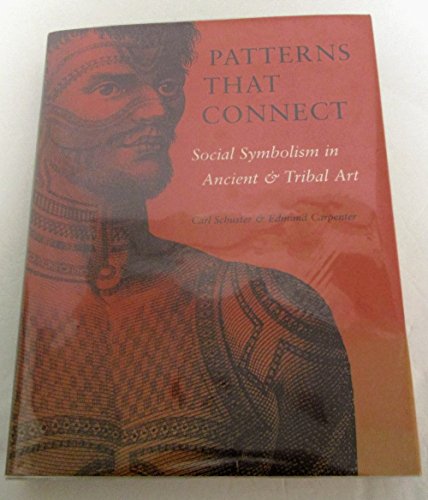Riassunto
The American art historian, Carl Schuster (1904-1969), discovered a set of patterns designed by ancient peoples to illustrate their ideas about kinship. They tattooed and painted such "statements" on their bodies and clothing, and carved them on tools, game boards, pots, ceremonial objects, coins and other items, and carried these with them wherever they went. Through broad comparative study, Schuster decoded this iconography, which lasted over 10,000 years, crossed continents, and outlived most of the cultures that sheltered it. Having spent more than three decades gathering evidence for his study, Schuster delayed publication while he searched for more. This book, by his colleague Edmund Carpenter, distils his research to a single volume.
Informazioni sull?autore
Edmund Carpenter (b.1922) taught anthropology at the univeristy of Toronto, California, & Harvard.
Le informazioni nella sezione "Su questo libro" possono far riferimento a edizioni diverse di questo titolo.
